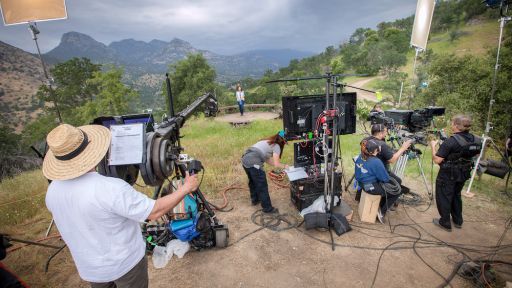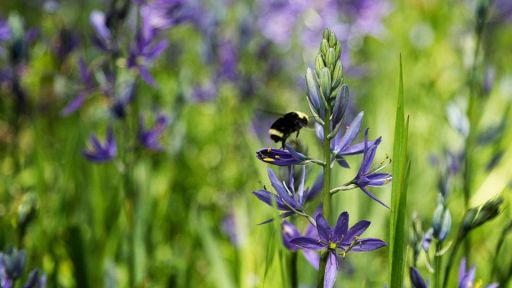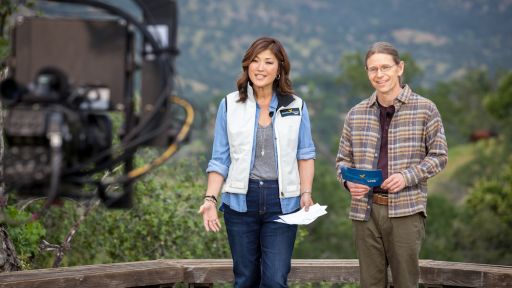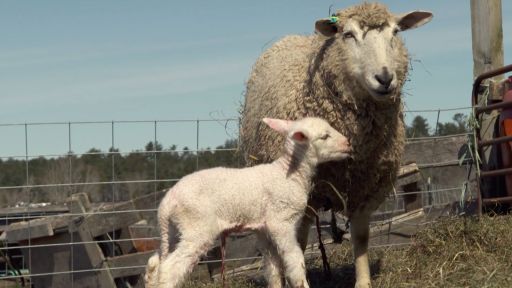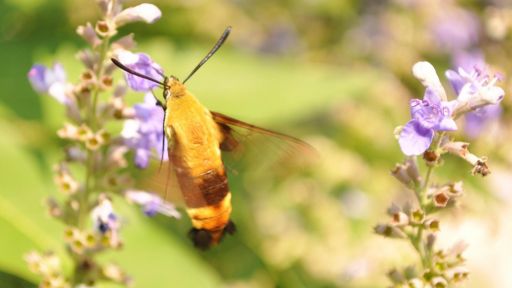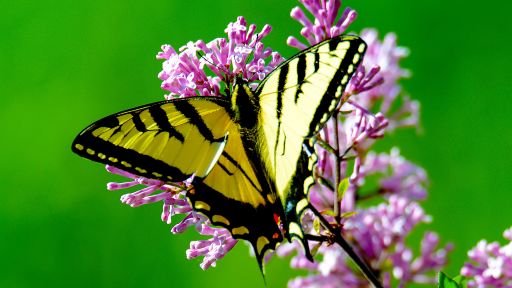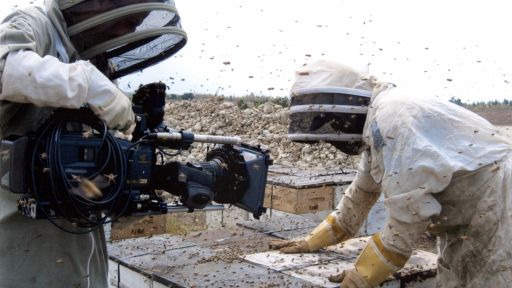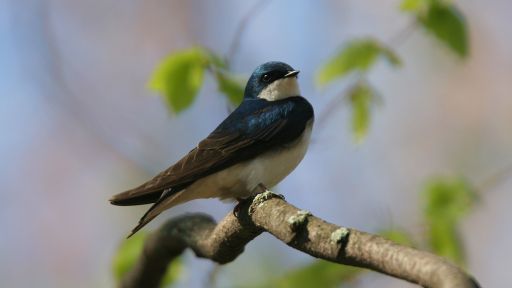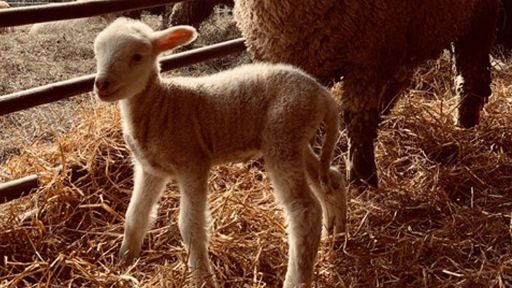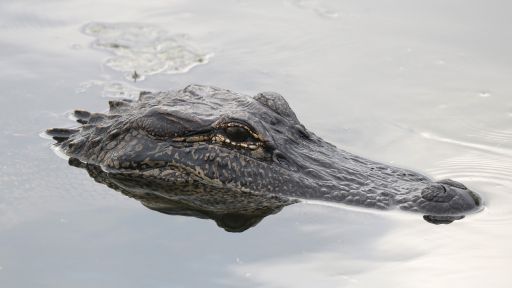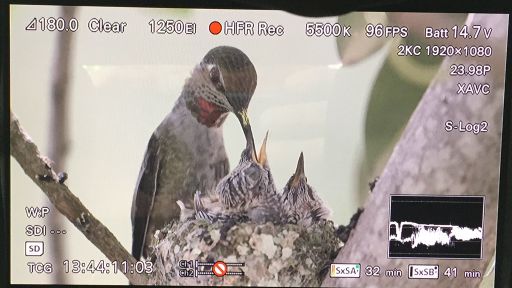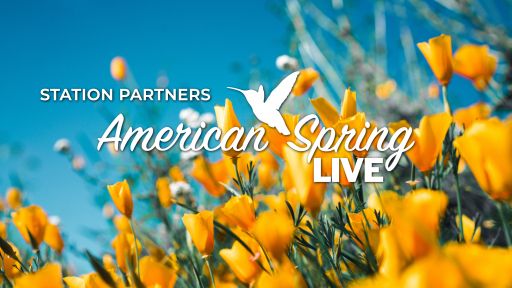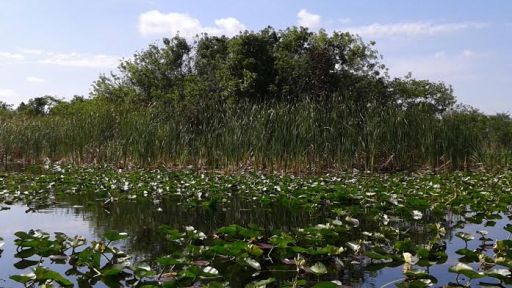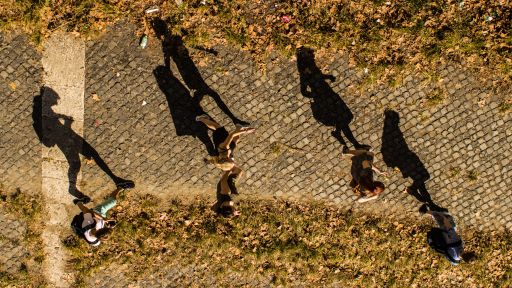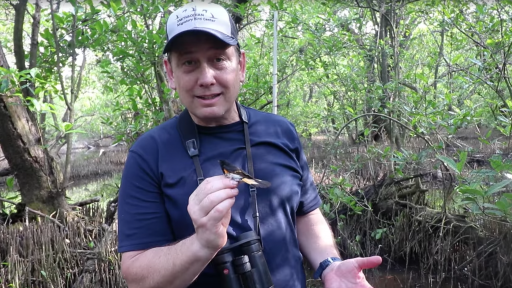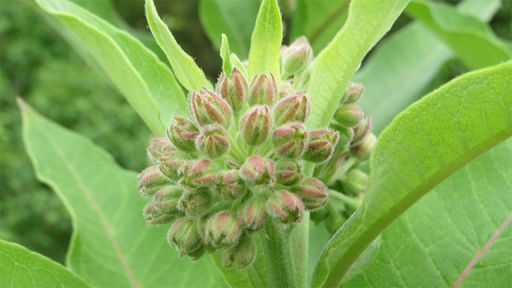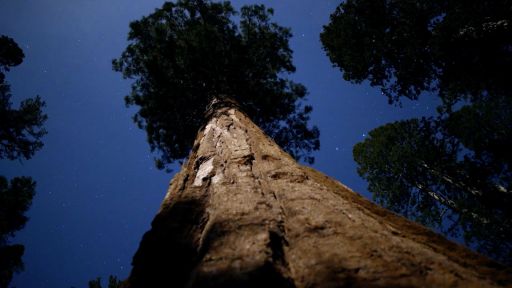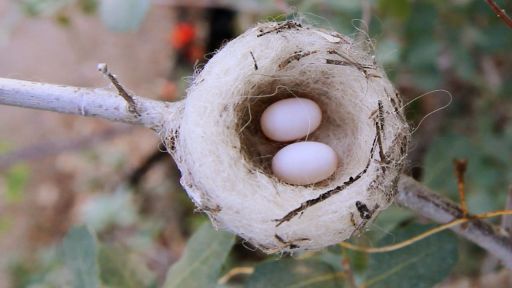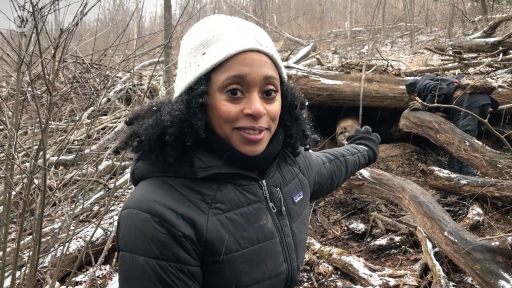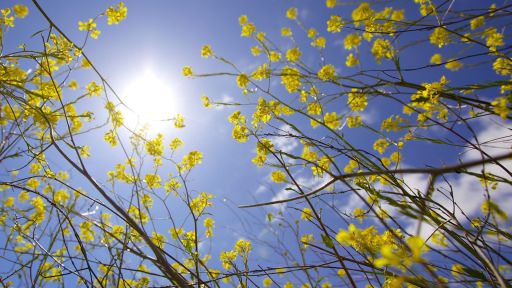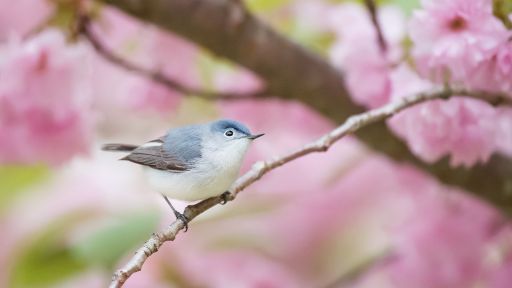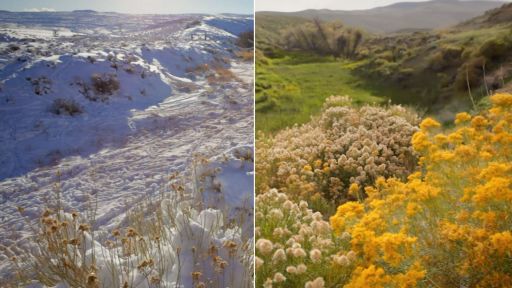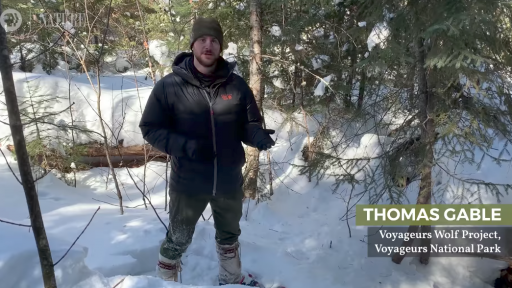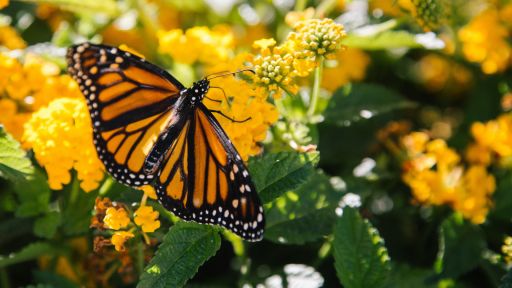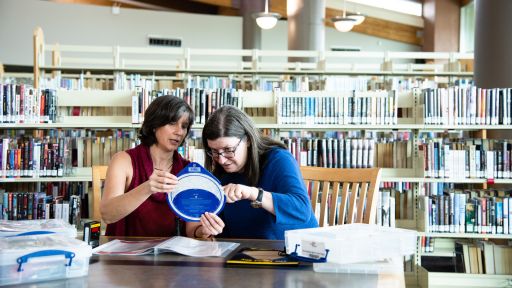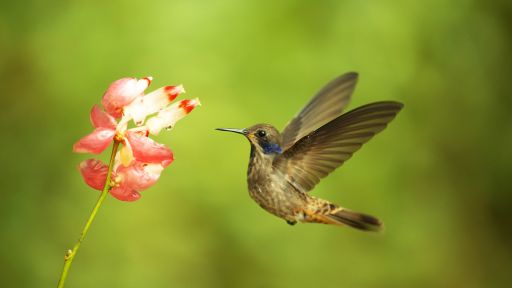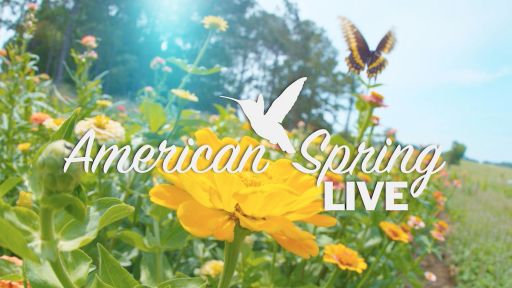Author and biologist Thor Hanson is a Guggenheim Fellow, a Switzer Environmental Fellow and winner of the John Burroughs Medal. His books include Buzz, The Triumph of Seeds, Feathers and The Impenetrable Forest, as well as the illustrated children’s favorite Bartholomew Quill.
Hanson’s work has been translated into more than 10 languages and earned many accolades, including the Phi Beta Kappa Award in Science and two Pacific Northwest Book Awards. Hanson lives with his wife and son on an island in the Pacific Northwest.

Thor Hanson will also be one of the main science correspondents for American Spring LIVE, helping to explain the significance that the change of seasons brings to the natural world each year in America. Learn more about his involvement in our Q&A below:
Describe your role on American Spring LIVE.
I’m the on-camera science host for American Spring LIVE, helping the show’s anchor, Juju Chang, navigate the natural history of springtime as we check in with experts and citizen scientists at sites across the country.
What are you most excited to show viewers?
The live aspect of the show makes it inherently unpredictable and exciting. While we know we are visiting great places, guided by great people, we don’t know exactly what we’ll find. I’m looking forward to sharing those surprises with viewers because it will be like all of us going on a field walk together, in real time.
What are your favorite things about springtime?
Spring is a season that engages all the senses. I love it for the birdsong and frogsong and the buzzing of bees; the sudden burst of greenery and the brilliant colors of flowers and birds; the smell of the rain and the wet earth; and the welcome warmth of long, sunny days after a cold winter.
What’s something about the change of seasons that people may have a misconception about?
Seasons have nothing to do with how close the earth is to the sun – banish that thought from your mind! It’s all about the earth’s tilt on its axis, and what that does to the angle of the sunlight. Spring arrives when our hemisphere begins facing the sun directly, receiving a huge boost in radiant energy. Plants and animals start growing, migrating, and reproducing in an effort to take advantage of that surge. In a very real sense, spring is the biological expression of a familiar old adage: make hay while the sun shines.
Have you participated in any citizen science projects? And why is citizen science so important?
I am a regular participant in one of the oldest citizen scientist projects, The Audubon Society’s Christmas Bird Count, and also one of the newest, Bumblebee Watch. It’s exciting to see how new ideas and technologies are bringing more and more people into the scientific process. Which is a good thing, because the world is full of data, and scientists have a lot of unanswered questions!
Thor will also be conducting a Reddit AMA on reddit.com/r/askscience on Tuesday, April 30 at 12 pm ET. Get all your spring-related science questions ready!


